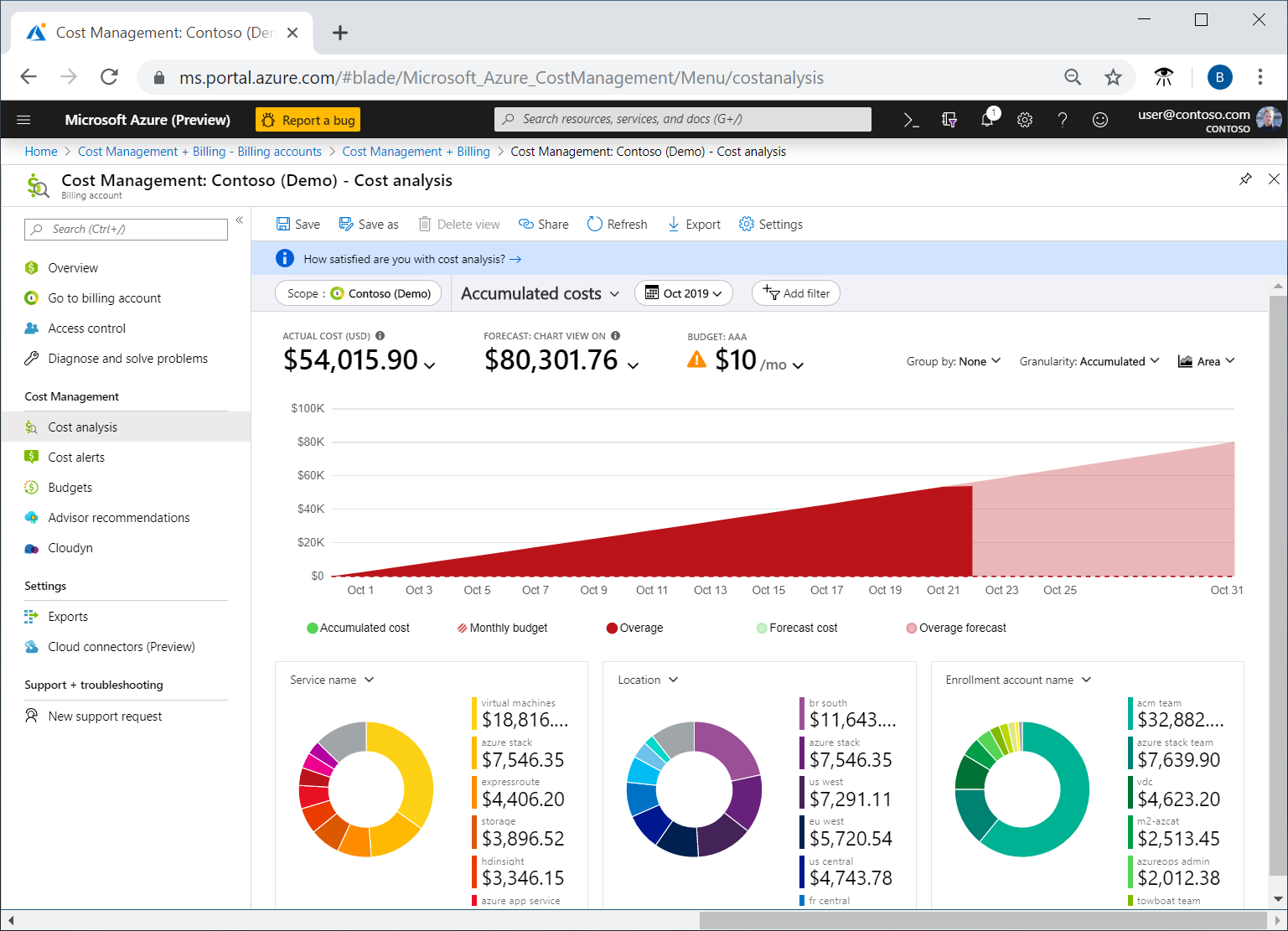Azure OpenAI Service is what happens when Microsoft wraps OpenAI's models in enterprise bureaucracy. As of August 2025, you can get access to GPT-5, gpt-5-mini, and gpt-5-nano, plus GPT-4o and reasoning models like o3-mini. Same models, but now with compliance checkboxes and Microsoft's special sauce of making simple things complicated.
Why Companies Choose the Pain
OpenAI's API works great until your legal team discovers it doesn't meet SOC 2, ISO 27001, GDPR, and HIPAA requirements. Azure OpenAI gives you these compliance checkboxes ticked, but you pay for it with 3x the complexity, longer setup times, and the constant frustration of waiting for new model rollouts.
You get three deployment options: standard pay-per-use (gets throttled when demand spikes), PTU (provisioned throughput units) which costs $5,000+ monthly but guarantees you won't get rate-limited, and data zone provisioned deployments that promise global optimization but launched in December 2024 so good luck finding real-world performance data.
The Models You Actually Care About
GPT-5 Gatekeeping
Want GPT-5? You need to request limited access through Microsoft and wait for approval. Could be days, could be weeks. GPT-5-mini, GPT-5-nano, and GPT-5-chat don't need approval, so use those while you wait.
o3-mini Actually Works
The o3-mini reasoning model launched January 2025 and is surprisingly good at logical reasoning tasks. It's slower than GPT-4o but way better at math and coding problems.
Video and Image Models
Sora video generation is still in preview (translation: barely works in production), while GPT-image-1 can finally render text in images without looking like it had a stroke.
Audio That Actually Works
Real-time audio models with GPT-4o hit surprisingly low latency. Transcription and TTS models are solid for production use.
The Regional Rollout Nightmare
Azure OpenAI has global regions, but Microsoft's rollout strategy is infuriating. New models hit East US 2 and Sweden Central first, then you wait. And wait. If you're in Europe (except Sweden), Asia, or anywhere else, expect months of delays while watching East US 2 users get all the new toys first.
API Compatibility (Mostly)
The REST APIs are mostly compatible with OpenAI's structure, except for authentication (because of course Microsoft had to be different), regional endpoints (because why make it simple?), and rate limiting that's documented nowhere useful. Migration takes a day if you're lucky, weeks if you hit the edge cases.
The August 2025 v1 APIs promise "ongoing access to latest features without version-specific limitations," which translates to "we'll break your code less frequently but still break it sometimes."
Azure OpenAI connects to other Azure AI services like AI Foundry and Machine Learning, which is great if you're already locked into the Azure ecosystem and terrible if you're trying to keep your options open. The Azure AI portfolio includes Cognitive Services, Azure Bot Service, Azure Cognitive Search, Azure Content Safety, and Azure Document Intelligence for building comprehensive AI solutions. Integration with Power Platform and Microsoft 365 Copilot provides additional enterprise AI capabilities.
For developers migrating from OpenAI, the migration guide covers endpoint changes, authentication differences, and SDK compatibility across Python, JavaScript, C#, and REST API implementations.
